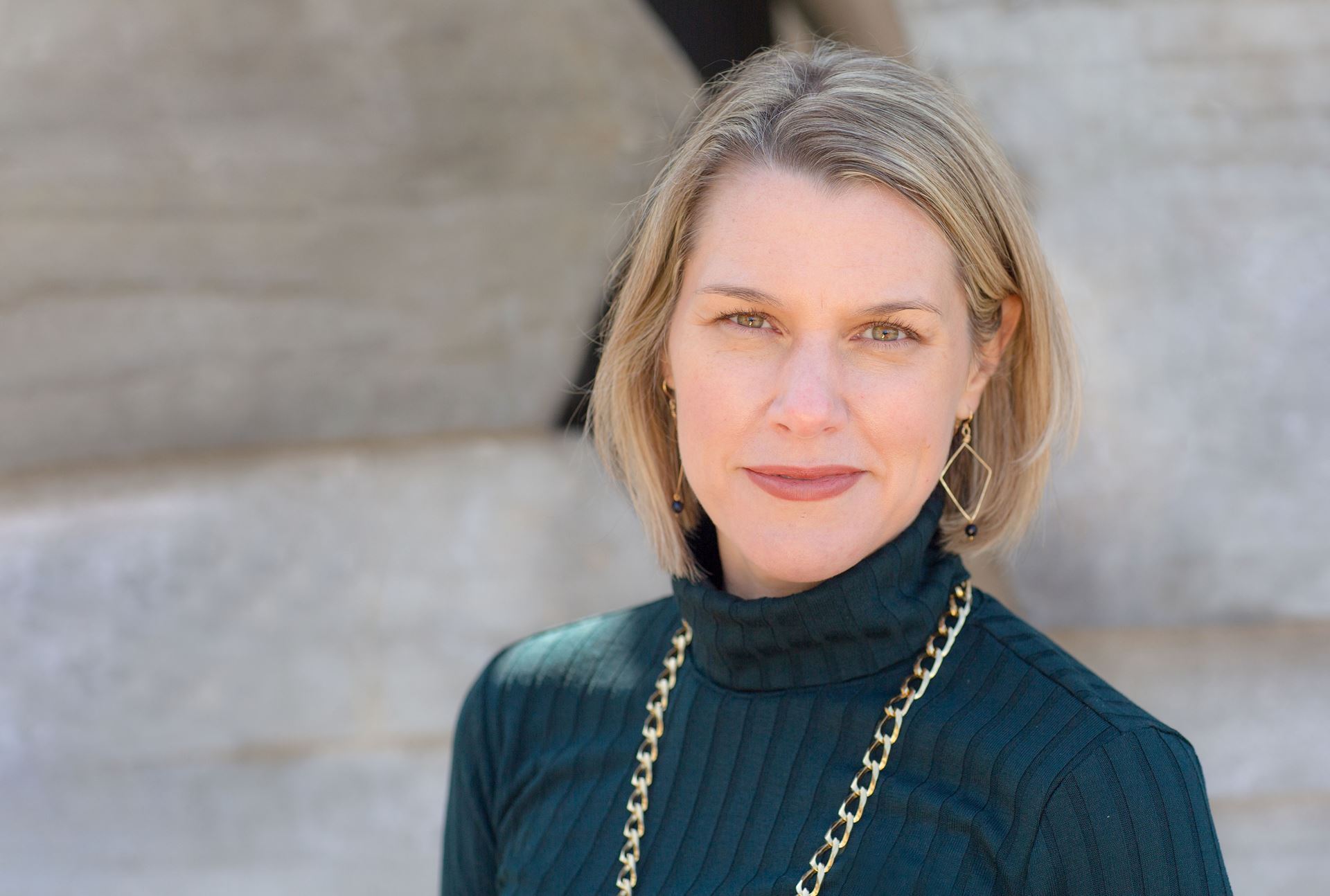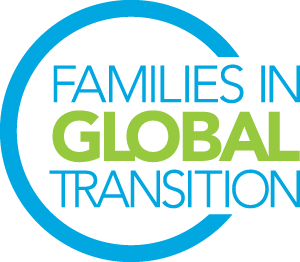After FIGT member Brandi Goode experienced the sudden death of a loved one while living abroad, she sought help through the grieving process. She shares her journey in this FIGT Focus for February, Grief.
.png)
By Brandi Goode
This article discusses topics such as suicide, grief and loss. We acknowledge that this content may be difficult to read. If you believe that you will find the discussion to be traumatizing, you may choose to not read the article. We care for the safety and well-being of the members of our community.
It was 5 am in Tokyo, and my phone wouldn’t stop ringing. Groggy from a late night out celebrating my husband’s birthday, and just into my 7th week of first-time pregnancy, I reluctantly picked up.
Ready to (mildly) berate my family for forgetting the time difference yet again, I was jolted awake by my stepmother’s greeting: “Brandi, you need to wake up. Your mom died.”
Writing these words, I’m transported back to that moment, a heavy stone settling in my core. I collapsed on the floor and crawled to my husband’s side, reeling from the news. I didn’t understand how could this happen; I had just spoken to my mother the day before. Surely there had been a mistake.
Processing Grief, Internally and Externally
Though I had lived abroad for the better part of my adult life by then, I had never experienced the sudden death of a loved one. Especially not the person who knew me best in this world. As the story of my mother’s death unfolded in chapters during my journey to the airport, flight around the world, and car ride to my hometown, each revelation ripped a new hole in my heart. My mother had died by suicide.
In the months that followed, I attempted to process the loss, the most intimate encounter with death I’d had in my charmed life till then. Preserving my mental and physical health were vital, considering the tiny miracle growing inside me.
I recognized that I needed to find some personal, spiritual way to quiet my raging grief. This I found through prayer on our leafy patio. My mom was deeply religious, so this daily practice soothed my soul and made me feel more connected to her.
Finding Help Where You Least Expect It
Still, there was a bigger need to fulfill as part of the grieving process. It’s so important to talk with people about your loss and the feelings that come with that. Phone conversations across continents didn’t satisfy that need, and I was too ashamed to share the true story of my mom’s death with my closest friends in Tokyo at the time.
I did end up unexpectantly sharing my story with the wife of my husband’s colleague one evening. I barely knew her, but she had recently had a baby and seemed genuinely interested in helping me get through this as a fellow first-time mom abroad. Turns out, her mother suffers from manic behavior and depression, much as mine did, and she could completely relate.
In the expat world, you often don’t know the full story of the travelers you meet along the way. If you’re brave and honest enough to speak up about your issues, you really never know who could become a trusted friend in time of need.
Choosing a Counselor with Whom You Connect
Japan, like so many countries, has long held suicide as a taboo subject. Most of the time I wasn’t even sure how to broach the subject when people asked about my mom. Part of me was terrified that by talking too much about it, I would unleash a torrent of emotions that would send me spiraling into a depression that could threaten the viability of my pregnancy.
So, I opted for a more anonymous approach. The language barrier was a challenge, but fortunately there was a local nonprofit that offered counselling sessions in English. I attended these sessions dutifully each week, crying my heart out to a sweet Japanese woman who listened well but said little.
In the end, while I’m certain talking about my mother’s death was necessary, I’m not sure how much that counselor truly helped. I believe it would have been more beneficial to talk to someone with whom I felt a cultural affinity, and/or a counsellor specializing in grieving the loss of a loved one by suicide. Counselling is a healthy way to process grief, but finding a therapist is not a one-size-fits-all affair. It’s critical to find a counselor or therapist with whom you connect to get the most out of grief counselling.
Harnessing Technology to Share across Borders
Today, eight years on, there are so many individuals doing online counselling and organizations offering grief support groups. Personally, I’ve found comfort in the American Foundation for Suicide Prevention’s Healing Conversations program. Speaking to someone who has been there helps immensely, particularly in the immediate aftermath of loss, when the doubts and questions can be overwhelming.
I’m so thankful for the proliferation of video chat that has made it easier to find just the right person to talk to in any part of the world. Time zones aside, this is such a gift for expats, particularly those with fragile or non-existent support systems abroad, or those living in a country whose language and culture differ substantially from their own.
Erasing Expat Guilt
Expat guilt is another emotional battlefield I had to navigate when my mother died. I felt extremely guilty that I wasn’t physically there for her in the weeks and months leading up to her death. She died alone, and that will forever sadden me.
It’s inevitable to question your path as an expat when facing illness or death across the ocean back home. I often wondered in the months following my mother’s death if I should have recognized her state of distress and gone home before she took her life.
However, I came to recognize that my intelligent, ambitious, vivacious mother would have wanted me to pursue my dreams and happiness wherever they may lie. That reality dawned on me when I gave birth to my son seven months after her passing. I believe my mother—like any loving mom anywhere in the world—wanted me to live my best life, a life that would make her proud. In continuing to chart my own path and follow my heart, I’m honoring her each day.

 Brandi Goode is a storyteller with an incurable case of wanderlust. Born in Louisiana, she lived in South America and Asia for 15 years before moving to her current home in Switzerland. Brandi works for a digital marketing agency and is finishing her first book titled Powering through a Pandemic: How COVID-19 Shaped the Lives of Women in 32 Countries. You can connect with her at www.brandigoode.com.
Brandi Goode is a storyteller with an incurable case of wanderlust. Born in Louisiana, she lived in South America and Asia for 15 years before moving to her current home in Switzerland. Brandi works for a digital marketing agency and is finishing her first book titled Powering through a Pandemic: How COVID-19 Shaped the Lives of Women in 32 Countries. You can connect with her at www.brandigoode.com.

